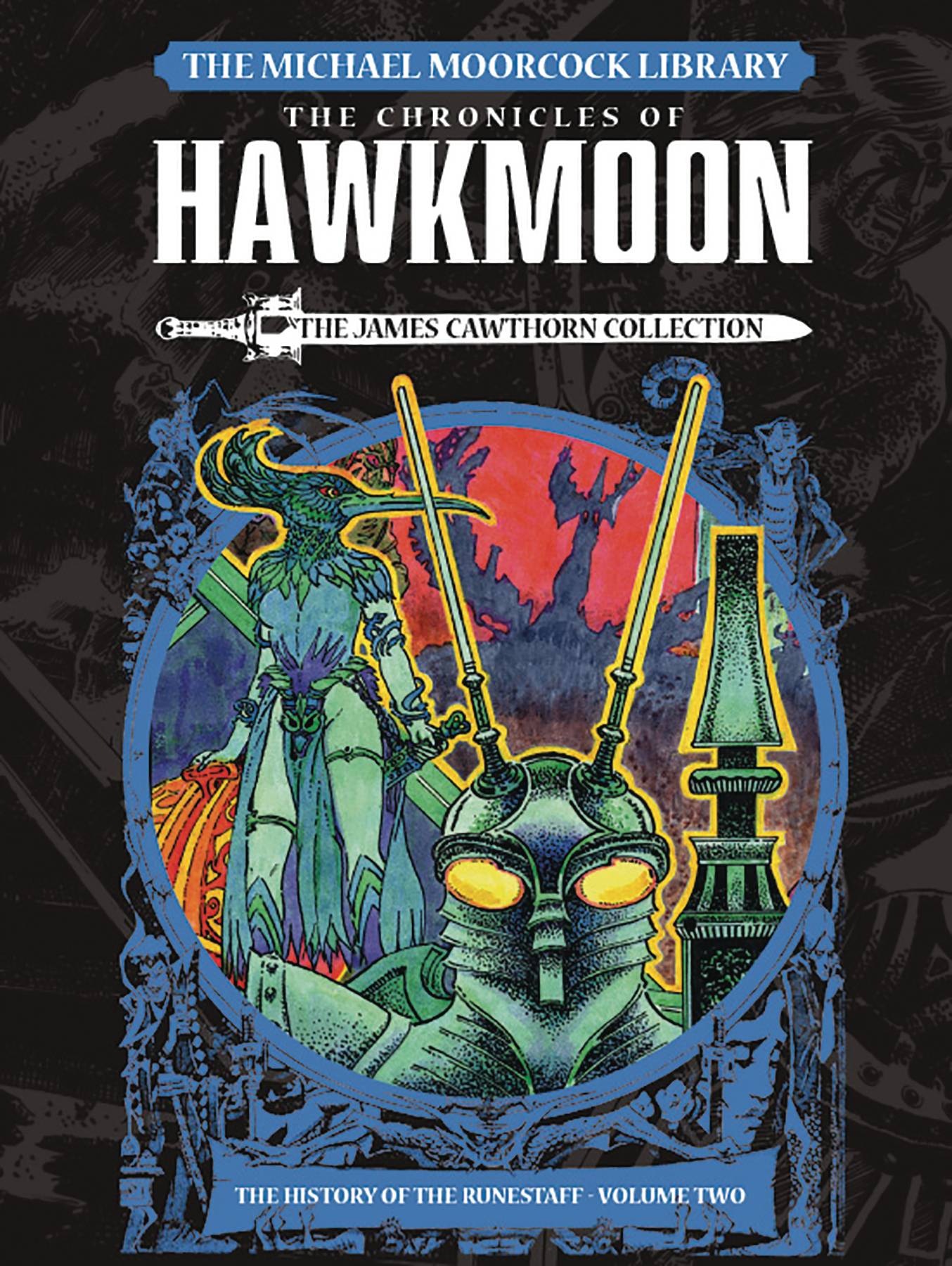

However, the History of the Runestaff, as the four novels are collectively called, never loses its attraction even if the ultimate conclusion has been indicated by Meliadus’s oath.

From this point on, the four novels take on a feeling of predeterminism. Swearing an oath by the mystical and mythical Runestaff to destroy his enemies, Moorcock explains that such an oath can only end in one of two ways, granting Meliadus’s oath or a complete reversal, seeing Meliadus suffer the fate he wished on his enemies. The real activity of the novel is set in motion by Baron Meliadus of Kroyden, who finds himself opposed to both Count Brass and Hawkmoon. A fourth character is Duke Dorian Hawkmoon of Köln.Ī rebel against the mighty and decadent Granbretan Empire, whose citizens wear ornate masks to indicate which caste they belong to, Hawkmoon is taken captive early in the four book series and sent to spy on the equally rebellious Count Brass of the Kamarg, a gemstone embedded in Hawkmoon’s forehead to ensure his loyalty to the Empire, which provides the title for the first novel, The Jewel in the Skull. At the top of the hierarchy is the moody, congenitally weakened albino Elric, but equally notable are the angst-ridden final survivor of his race Corum and the confused Erekosé, pulled from his comfortable life as John Daker. While this isn’t in and of itself unusual–other authors have had similar periods of prolificacy–Moorcock created several highly memorable, even iconic, characters during this time.


In the 1960s, Michael Moorcock published a vast quantity of novels in a relatively short span of time.


 0 kommentar(er)
0 kommentar(er)
